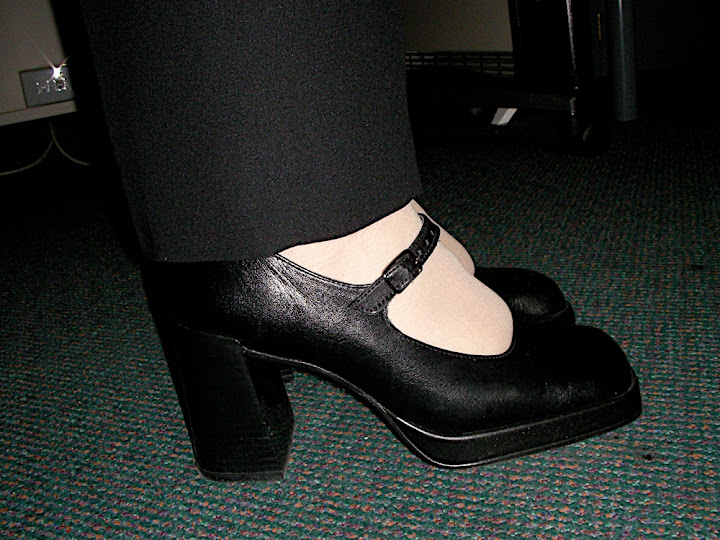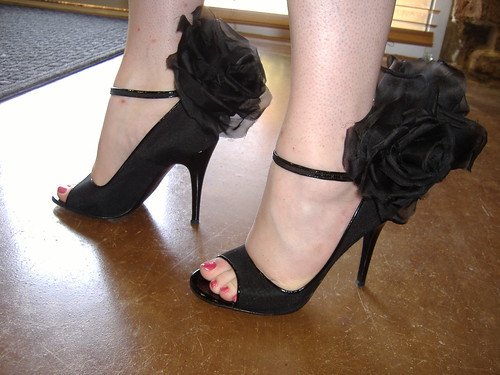I made my Christmas cake today - at least I finished it today, I started last night by soaking all the fruit in brandy:

I used my monster salad bowl because I doubled the recipe at the bottom of this post. I made a 1 1/2 sized cake for me, and a half sized one for Murray at work who fixes things for us and loves fruitcake and whose wife has left him.
Here're the butter, sugar and eggs creaming in the Kenwood mixer:

The small cake tin lined with butter paper:

The big cake tin lined with baking paper:

See the corrugated cardboard outer cases? I made them ages ago and just leave them on the tins from one year to the next. They're great insulators for cakes that spend hours in the oven.
Dry ingredients in:

And mixed:

Then the mixture goes into the fruit:

It's actually supposed to be the other way around, but the Kenwood's bowl is nowhere near big enough for this size of cake mix. Can't see that it matters anyway.
Mixture into the cake tins:

And then covered with a bit of baking paper:

After 2 hours the baby one was done:

Followed by the biggie 2 1/2 hours later:

Last year I cut my big cake into quarters. I iced two of them (one to keep here and one to take to my brother's house) and left the other two plain. I like plain Christmas cake with blue cheese - not spread on, you understand, but eaten with. Not sure what I'll do with it this year; my brother and his family are coming here this time, and I'm off to the grandkids in Australia on the 27th December. I can't take cake to Australia because of biosecurity
Christmas Cake Recipe(Very slightly adapted from
here)
Ingredients400g/14oz currants
400g/14oz sultanas
100g/4 oz raisins
50g/2oz glacé cherries
50g/2oz mixed peel, finely chopped
200ml/7fl oz brandy
225g/8oz plain flour
½ tsp ground nutmeg
½ tsp ground allspice
½ tsp cinnamon
225g/8oz butter
225g/8oz soft brown sugar
4 large eggs, at room temperature
1 tbsp black treacle
MethodThe night before you make the cake, place all the dried fruit and peel in a bowl and mix in the brandy. Cover the bowl and leave to soak in a cool place for at least 12 hours, stirring occasionally.
Preheat the oven to 140C/275F/gas mark 1. A separate oven thermometer is helpful here, especially if you are unsure of the accuracy of your oven.
Grease the tin and line the base and sides with a double thickness of greaseproof paper, allowing the paper on the sides to stand about 2cm/3/4in above the top of the tin. This gives it extra protection from the heat as it rises. It may be helpful to secure the paper around the sides with a paper clip. Remove once you have spooned in the cake batter. If you have a fan oven, which tends to heat up more than a conventional one, wrap a sheet of newspaper around the outside of the tin. (I keep my tins with a corrugated cardboard cover on the outside. It's great; I don't need to use all the layers of paper)
Sift the flour and spices into a mixing bowl. In a separate large bowl, cream the butter and sugar together with an electric whisk until the mixture is light and fluffy. Beat the eggs and add them to the creamed mixture, 1 tbsp at a time, beating thoroughly after each addition.
Gently fold in the sieved flour and spices in two batches. Stir in the fruit and peel, and the treacle. The original recipe has a couple of teaspoons of grated lemon and orange rind, if you want to add them you do it here too. grated rinds.
Spoon the mixture into the prepared cake tin and spread out evenly with the back of a spoon.
Cut out two round pieces of greaseproof paper that will fit on the top. Rub one of them with butter or oil and make a hole in the middle of both about the size of a small coin. Lay the circles on top of the cake, putting the buttered one greased-side down first. Place the tin on a baking sheet and bake on the lower shelf for 4 ½ hours. Check that the cake is cooked by inserting a skewer into the centre. It should come out clean. Leave to cool in the tin.
When the cake is cold, remove from the tin and wrap in greaseproof paper and foil. Store in an airtight container. I've kept this cake for 6 months or so and it's as good as new - or better.




















































